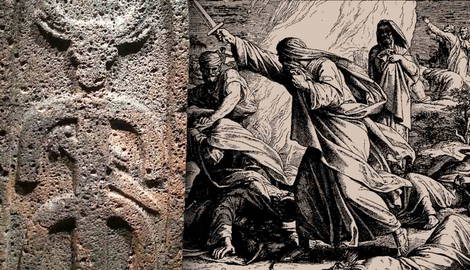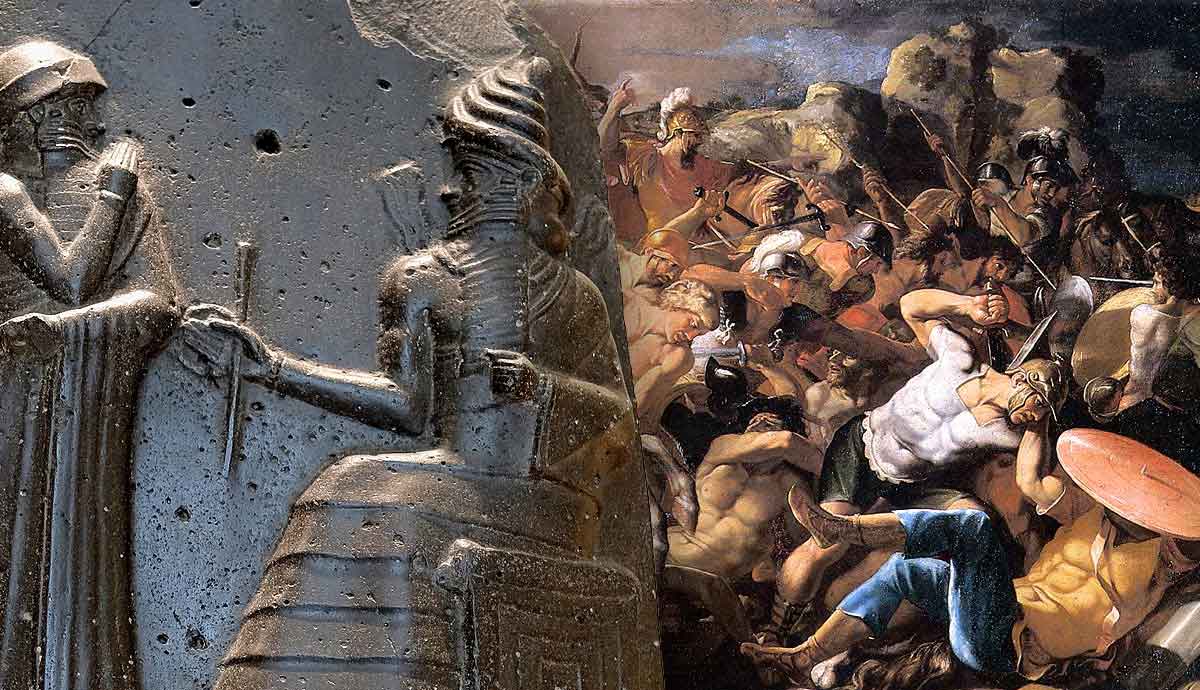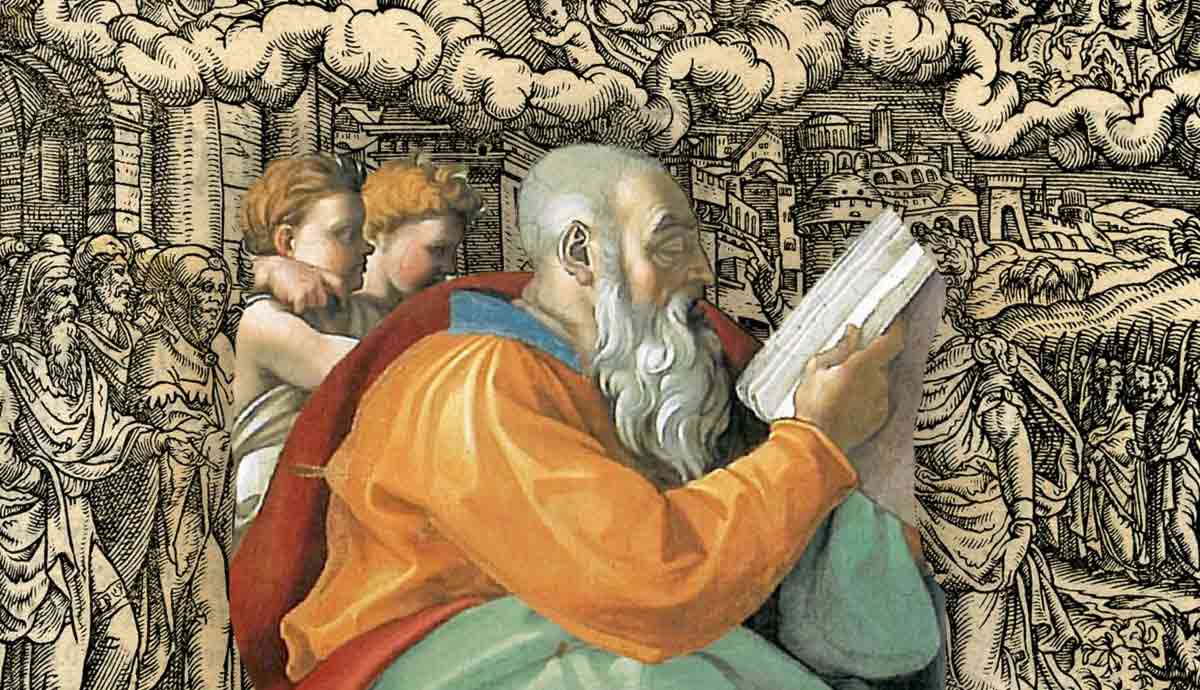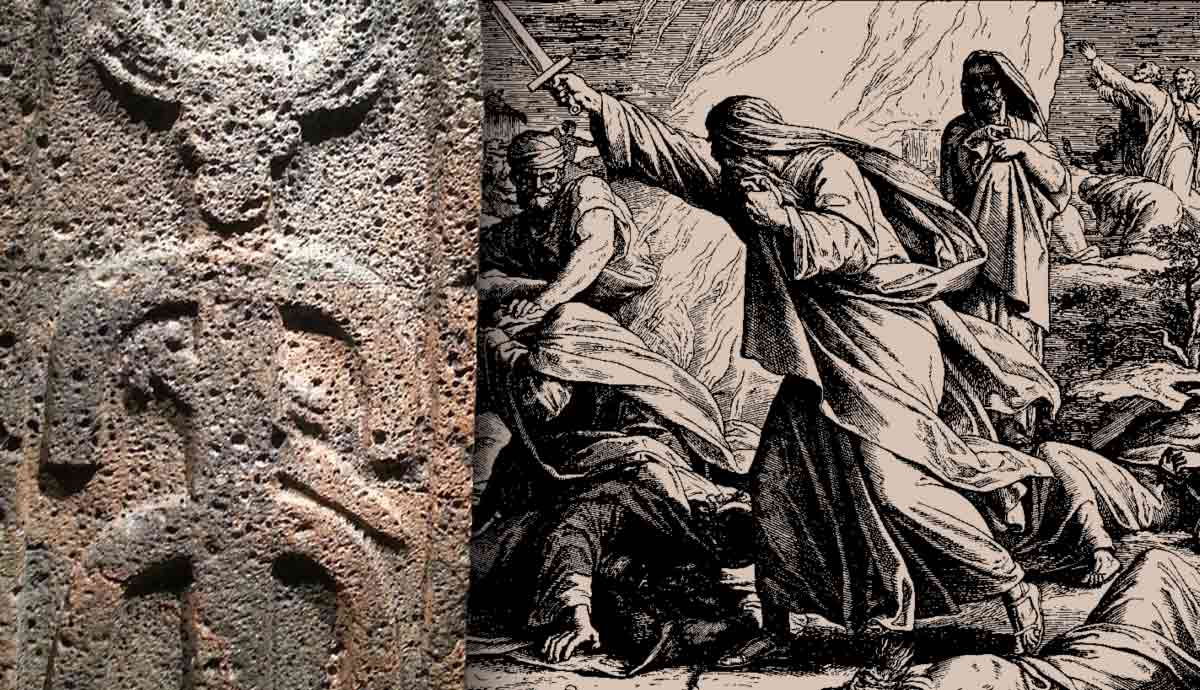
God warned the Israelites not to worship Baal. With surprising frequency, the Israelites would apostatize and worship this Canaanite deity. Several regional deities were known by the name Baal in Canaanite cultures and as a title, it could refer to any deity because of its meaning: “master” or “lord.” The context generally indicates to whom it applies. The god Hadad (Baal Hadad) seems to have been called Baal only, as time progressed. Baal worship proved a significant weakness of the Israelites, with ritual sexual immorality at its core and human sacrifice one of its most vile practices.
Baal, Name or Title?
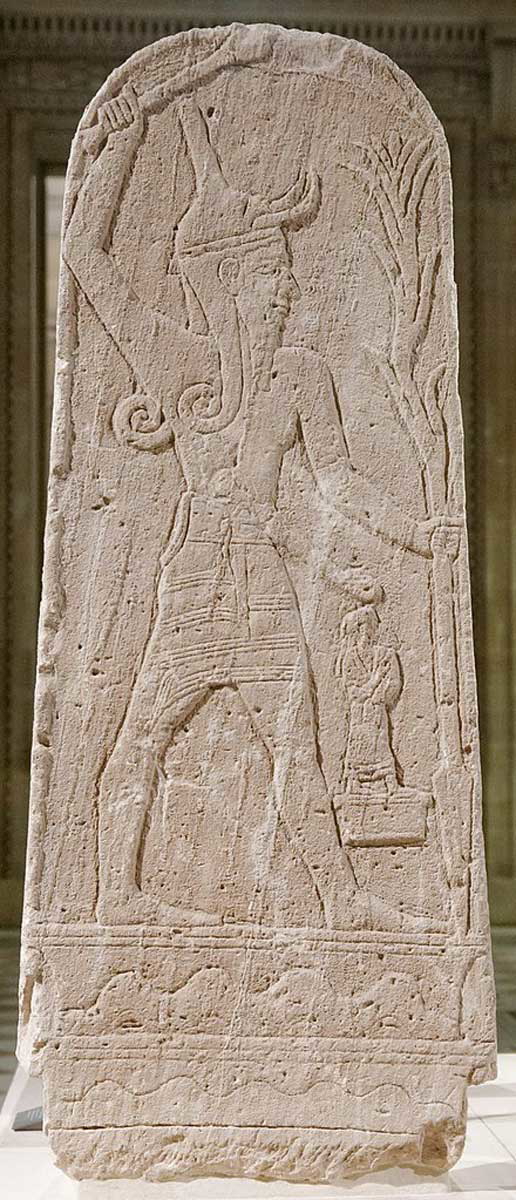
In the Semitic languages, the word Ba’al is a title that means “master,” “lord,” or “owner.” As such, many of the nations of the Levant used it to refer to their god(s), but in some instances, the word is also used to refer to humans who held positions of power.
Many place names also contain the name Baal. Whether about a god, gods, or a place, in Hebrew the word Baal is often preceded by a definite article, “the Baal,” which is not necessarily translated into English. The use of the definite article before the word Baal reinforced the idea that it is a title, rather than a proper name.
Evidence shows that the title Baal referred particularly to the god associated with rain, storm, and fertility in the Levant where the Canaanites and Phoenicians resided.
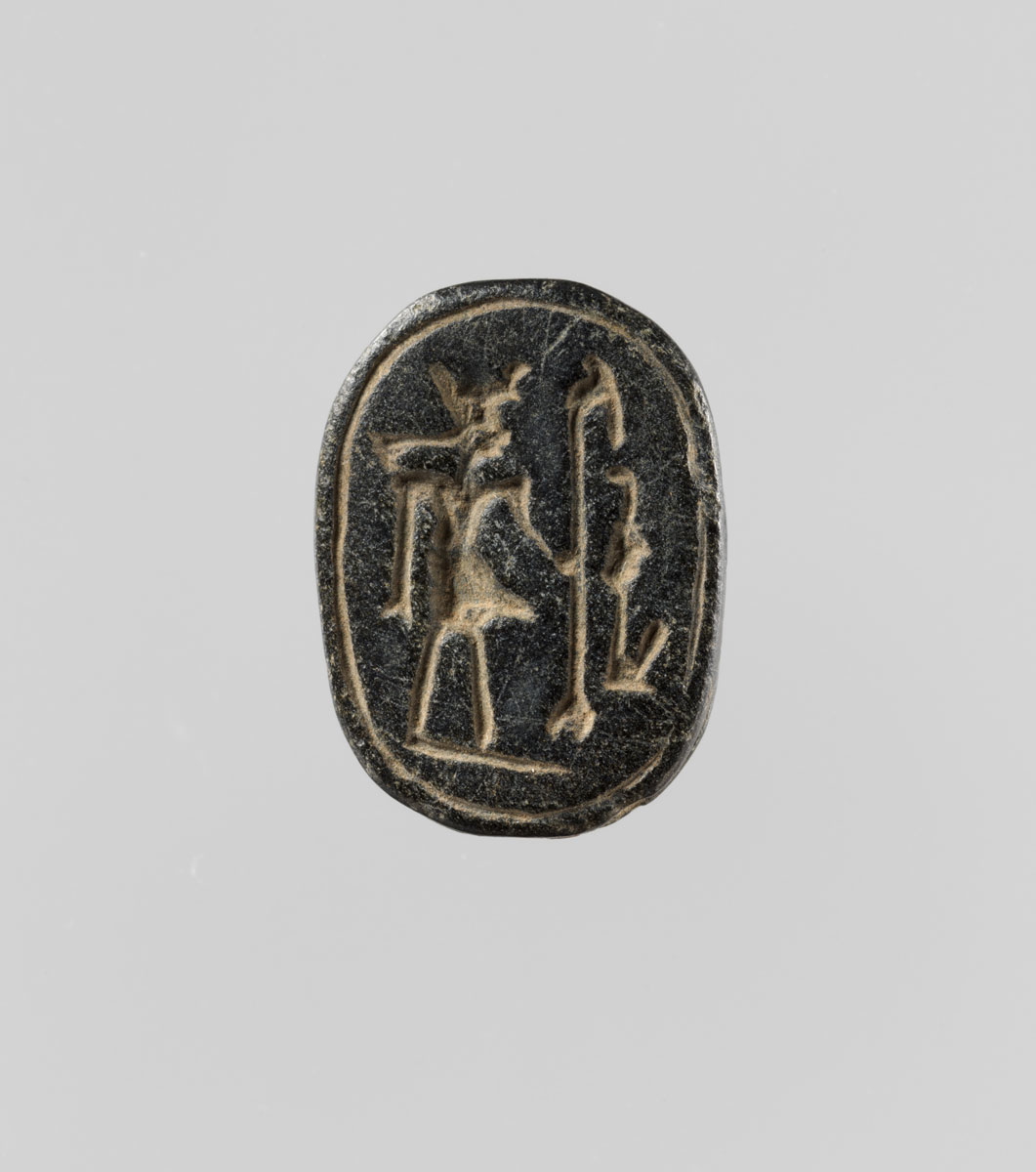
There was a strong association between Hadad and Baal, often referred to as Baal Hadad, and the names were used interchangeably for the same god. Hadad featured in Canaan as early as 2500 BCE. Later, the worship of Baal Hadad spread to Mesopotamia, likely due to the Amorites migrating there. In the Mesopotamian context, Hadad is called Adad in Akkadian. The Baal Cycle or Epic of Baal refers to Baal as Baal Hadad and mentions the conflict between Baal and Yam, the god of the sea or chaos, and Mot, the god of the Underworld.
The iconography of Baal Hadad often shows him with a weapon like an axe, mace, or sword, or with a thunderbolt and a club or scepter. Some depictions associate him with a bull to portray his power, strength, and vitality, reinforcing his image as a god of fertility.
God was also called Baal before the word became a proper name for the Canaanite deity. God mentions that he used to be called Baal through the prophet Hosea. Hosea 2:19 says: “And in that day, declares the LORD, you will call me ‘My Husband,’ and no longer will you call me ‘My Baal.’” It is important to note here that God expresses his desire to be in a husbandly relation to his people, rather than being seen as a stern master.
Baal Worship
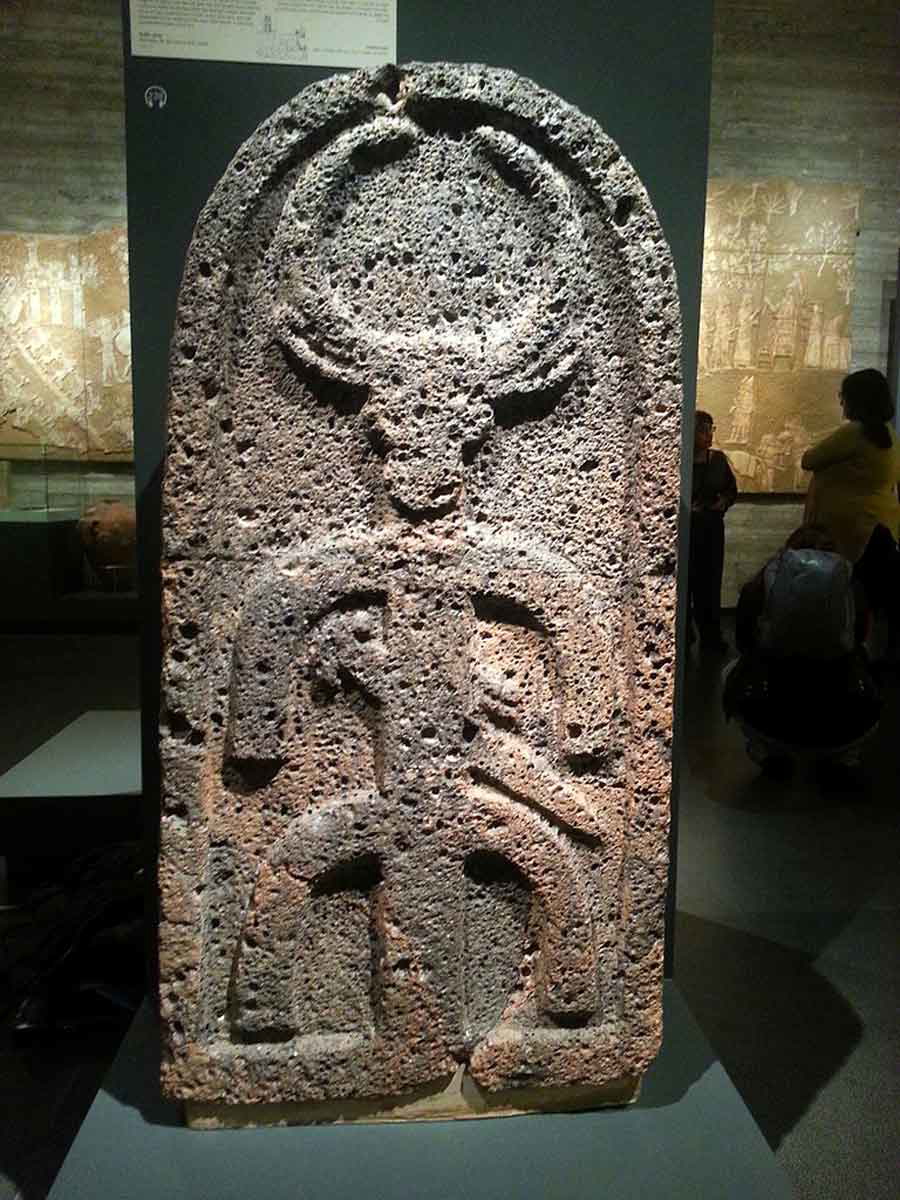
Baal worship was widespread in the ancient Canaanite world. In Genesis already, Baal appeared as part of names in king lists, such as Baal-Hanan (Genesis 36:38, 39). Place names reflecting Baal worship were also common, like Baal-siphon (Exodus 14:2) and Bamoth-baal (Numbers 22:41).
Worshipers of Baal associated him with fertility, rain, and storms. Unlike in Egypt, where the Nile provided water for year-long irrigation and seasonal flooding, Canaan had seasonal rainfall. The Canaanites believed that during the dry season, Baal descended to the realm of the Underworld and was engaged in battle with Mot (death). Because of his absence or dormancy, there was no rain. When Baal defeated Mot, he would return from the realm of death and rain would fall, bringing fertility and new life.
In the Canaanite mind, Baal was the power behind fertility and an abundance of crops, cattle, and humans. Because Baal was associated with fertility, part of Baal worship included sexual activity, and cultic prostitution was a common feature. Numbers 25:1-3 is an excellent example of how the Israelites were seduced into Baal worship:
“While Israel lived in Shittim, the people began to whore with the daughters of Moab. These invited the people to the sacrifices of their gods, and the people ate and bowed down to their gods. So Israel yoked himself to Baal of Peor. And the anger of the LORD was kindled against Israel.”
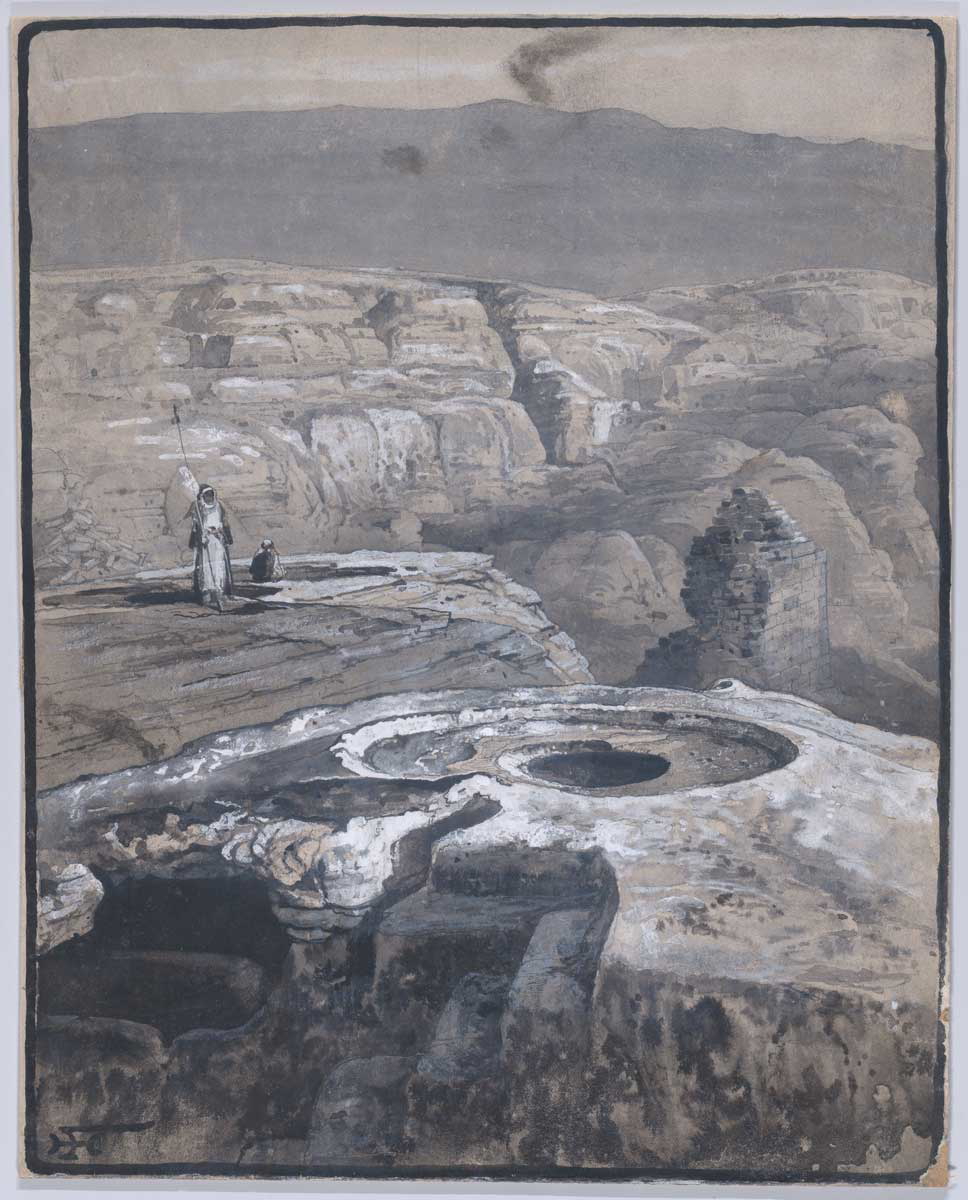
Baal worship included sacrifices of animals, usually bulls and lambs, grain offerings, and libations of wine and other liquids. It included feasts with eating, drinking, and fornication. Biblical, archaeological, and ancient textual evidence show that Baal worship included human sacrifice in desperate circumstances. Scholars believe 2 Kings 3:27 is an example of human sacrifice to Baal:
“Then he [the king of Moab] took his oldest son who was to reign in his place and offered him for a burnt offering on the wall. And there came great wrath against Israel. And they withdrew from him and returned to their own land.”
Baal vs Yahweh
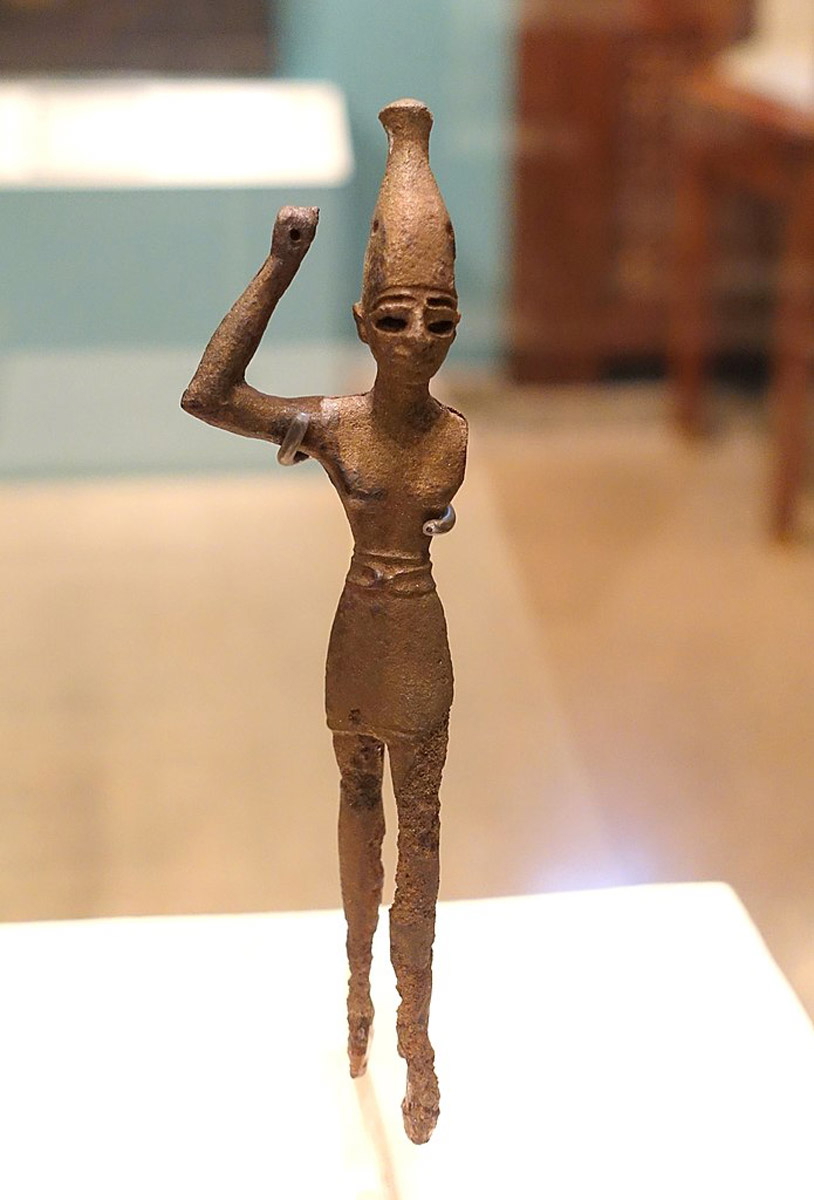
God warned his people against worshipping Baal and the gods of the Canaanites. The Israelites were supposed to wipe out the foreign nations who resided in the Promised Land. Their disobedience to the instructions of God resulted in people who worshiped Baal living among them.
Shortly after the death of Joshua, the Israelites started to apostatize and worship other gods. Judges 2:11 and 13 state: “And the people of Israel did what was evil in the sight of the LORD and served the Baals” and “They abandoned the LORD and served the Baals and the Ashtaroth.” Ashtaroth was the female consort of Baal in Canaanite mythology.
God instructed Gideon to destroy an altar dedicated to Baal and the image of Asherah that stood next to it. The community wanted to kill Gideon when he destroyed the altar and idol and Gideon was renamed Jerubaal which means “Let Baal contend against him” (Judges 6:25-32). He was a staunch opponent of Baal worship and had a significant influence on the society he lived in. Judges 8:33 reports: “As soon as Gideon died, the people of Israel turned again and whored after the Baals and made Baal-Berith their god.” The plural form “Baals” supports the idea that Baal was a general reference to various Canaanite gods.
The epitome of Baal worship among the Israelites came during the reign of Ahab, who married Jezebel, the daughter of Ethbaal, king of the Sidonians. Ethbaal was a priest of Baal before he usurped the throne, according to Flavius Josephus (Against Apion, Book 1, Section 18). Jezebel promoted the worship of Baal among the Israelites, and many followed the king’s example by joining in the apostasy.
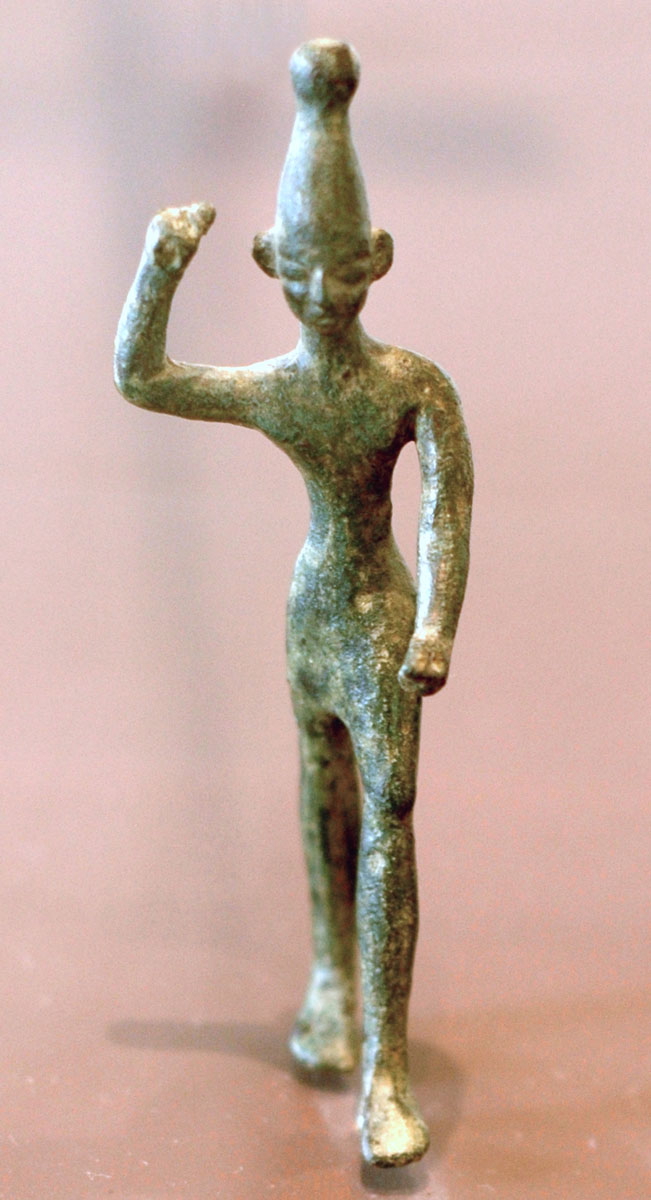
Elijah was a staunch opponent of Jezebel and the apostasy she introduced into Israel. In a showdown between Elijah and the priests of Baal on Mount Carmel, the priests could not entice Baal into setting their sacrifice alight. Elijah, on the other hand, doused his altar with water and God sent a fire that devoured the sacrifice and the altar. Elijah called on the people to kill the priests of Baal at the Brook Kishon. To add insult to injury, it started raining after Elijah prayed to God for rain, showing that Yahweh truly lorded over nature, not the storm-god Baal (1 Kings 18:20-46).
Ahaziah, the son of Ahab, took his father’s throne after his death and continued Baal worship (1 Kings 22:53). Ahaziah called on Baal-zebub (Lord of flies) to enquire about his health after he fell through the lattice and lay sick. Elijah notified the king of his imminent death after the prophet intercepted the messenger to Baal-zebub (2 Kings 1). Jehoram, another son of Ahab took the throne and continued Baal worship in Israel.
Later, Jehu became king of Israel. He killed the descendants of Ahab and all the priests and prophets of Baal to eradicate the practice in Israel (2 Kings 10). Jehu claimed he would worship Baal with more vigor and summoned all the priests, prophets, and worshipers of Baal to him under penalty of death. It was all a ruse because once they gathered in the house of Baal, Jehu had all of them set to the sword and destroyed the house of Baal.
Unfortunately, the cycle of apostasy in Israel started again and under King Hoshea, the worship of Baal flourished again. The nation went into exile when the Assyrians conquered their land shortly thereafter (2 Kings 17).
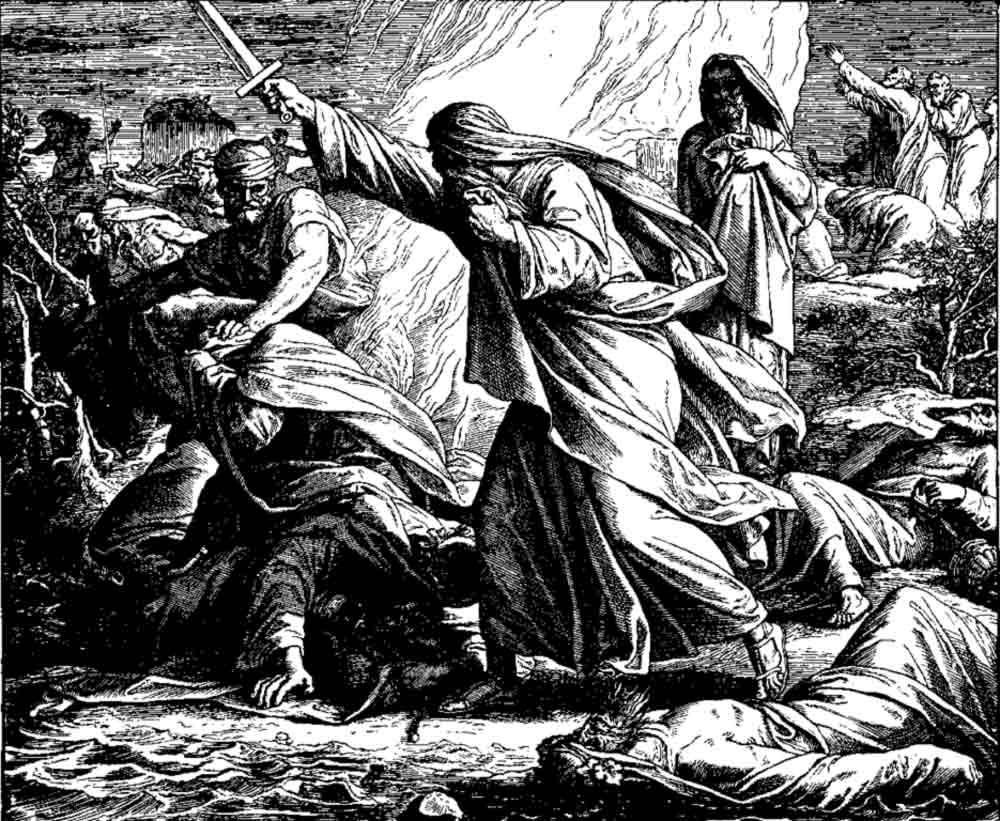
Things were not any better in the Kingdom of Judah. One of their worst kings, Manasseh, reconstructed places of worship in Judah that his father had destroyed. His son Amon followed in his footsteps, and it was not until Josiah reigned in Judah that real reform occurred. Josiah destroyed the places of pagan worship in Judah (2 Kings 23:4-6 cf.). After Josiah’s death, Jehoahaz and Jehoiakim apostatized, promoting the same practices of kings like Ahab. One of the main reasons for the exile of Judah was the worship of other gods, with Baal being the most notable among them.
